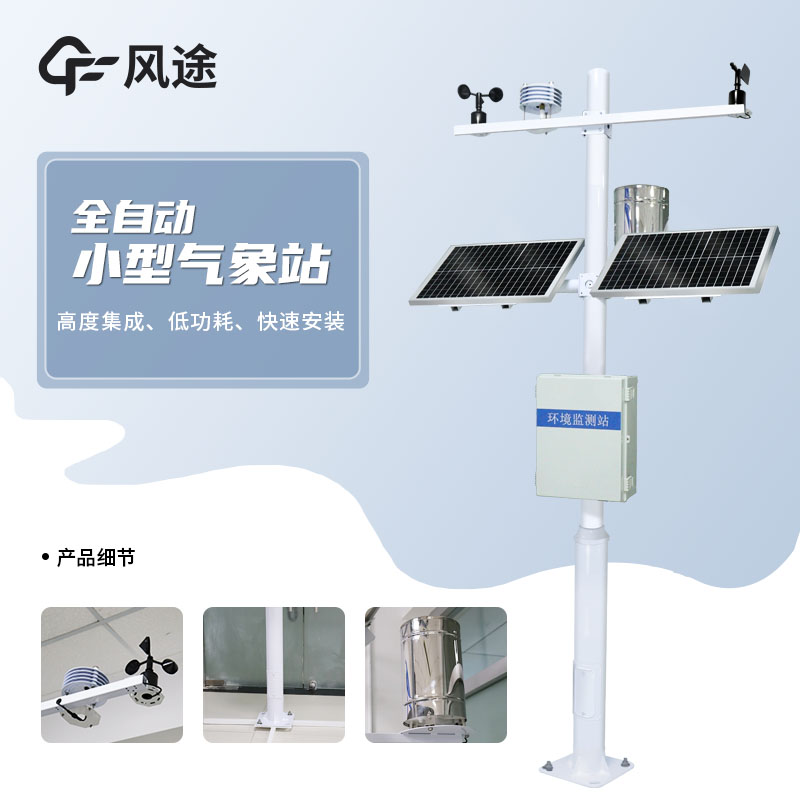In the past, weather monitoring relied entirely on manual work. Workers had to travel to observation points time and time again to manually read data, which was troublesome and time - consuming. Now, the emergence of automatic weather stations has changed this situation, achieving "one - click access" to weather monitoring. How does it do this? Let's take a look together!
Automated Data Collection
The Small automatic weather station can automatically collect data on a variety of meteorological elements, such as temperature, humidity, air pressure, wind speed, wind direction, precipitation, sunshine duration, etc. Through various sensors, meteorological information is converted into electrical signals or digital signals, and data is obtained in real - time and continuously without manual frequent operation of measuring instruments.
Automated Data Transmission
The data collected by the Small automatic weather station can be automatically transmitted to the data center or remote terminal through wired or wireless communication methods. Common transmission methods include GPRS, 4G/5G, satellite communication, etc. This realizes remote data transmission, eliminating the need for manual on - site data collection and greatly improving the timeliness and accuracy of data.
Automated Data Processing
The software system in the data center can automatically process the transmitted data, including data quality control, error calibration, data storage, format conversion, etc. It can automatically identify abnormal data and mark or correct it, and analyze and calculate the data according to preset algorithms and models to generate various weather reports and charts.
Automated Weather Observation
It can automatically conduct weather observations according to preset observation times and frequencies without manual on - site observation operations at regular intervals. For example, the automatic weather station can automatically start observation tasks such as precipitation measurement and wind speed and direction measurement at set time intervals, and record and transmit the observation data in a timely manner.

Article address:https://www.sqqx.net/en/news/582.html

 +86 15898932201
+86 15898932201



